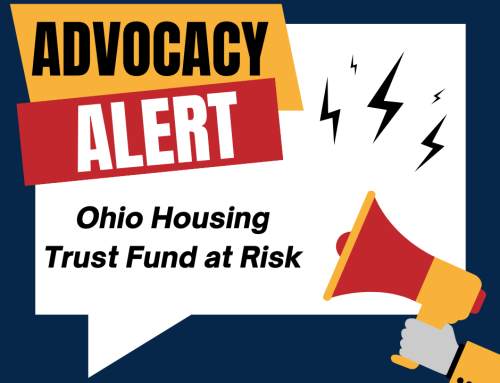FOR IMMEDIATE RELEASE: March 16, 2023
Report Shows Ohio’s Affordable Housing Shortage Getting Worse
Housing advocates released data Thursday showing that Ohio’s affordable housing shortage grew significantly more acute over the past year.
The Gap report, released jointly by the Coalition on Homelessness and Housing in Ohio and the National Low Income Housing Coalition, reveals a deficit of about 270,000 rental units that are affordable and available to the 448,000 extremely low-income households in Ohio. That equates to only 40 affordable units for every 100 households.
Steep rent increases in recent years have fallen especially hard on the lowest income Ohioans. The shortage of affordable and available housing has grown 6% worse since the 2022 Gap report was released a year earlier.
The economic repercussions of the pandemic, followed by steep rent increases in recent years, drastically impacted the supply of affordable housing nationally and in Ohio, according to the new Gap report. While rent inflation has cooled somewhat in 2023, extremely low-income renters will continue to face significant barriers as housing costs consume a huge share of their paychecks.
COHHIO Executive Director Amy Riegel called on state leaders to take bold action to start closing the affordable housing gap before it gets even worse.
“Last year Ohio had the opportunity to invest hundreds of millions of federal dollars from the American Rescue Plan Act into affordable housing, but it didn’t happen,” she said. “This year we have legislation that would bolster the Ohio Housing Trust Fund and create a new state housing tax credit. Let’s not squander these opportunities to make home a reality for thousands of homeless families, low-income seniors, people with disabilities, and other vulnerable Ohioans.”
COHHIO supports proposals in Gov. Mike DeWine’s executive budget (HB 33) to expand the Ohio Housing Trust Fund and create a State Affordable Housing Tax Credit. The group also supports Ohio House leaders’ priority legislation to establish the Ohio Workforce Housing Tax Credit (HB 3).
Erica Mulryan, Director of the Ohio Balance of State Continuum of Care, which oversees the homeless system in Ohio’s 80 non-urban counties, said the growing affordable housing crisis is making it harder to rehouse vulnerable families.
“Local homeless services agencies partner with private landlords to quickly move people out of temporary shelter and into permanent housing,” Mulryan said. “In recent years we’ve seen the number of affordable rental units plummet, which means more families are experiencing longer bouts of homelessness.”
Meanwhile, national advocates are concerned that critical funding for federal housing programs could get caught up in partisan bickering in Washington.
“As this year’s Gap report makes clear, extremely low-income renters are facing a staggering shortage of affordable and available homes,” NLIHC President and CEO Diane Yentel said. “In the wake of the pandemic, federal housing investments are more critical than ever for sustaining our communities and helping low-income people thrive. Yet House Republicans are now threatening to cut funding for the very programs that provide a lifeline to low-income renters. Balancing the national budget must not be done on the backs of our nation’s lowest-income and most marginalized people and families.”
-30-








